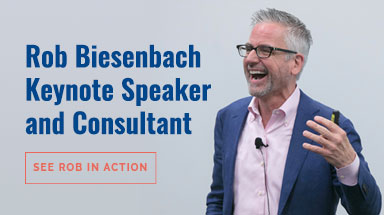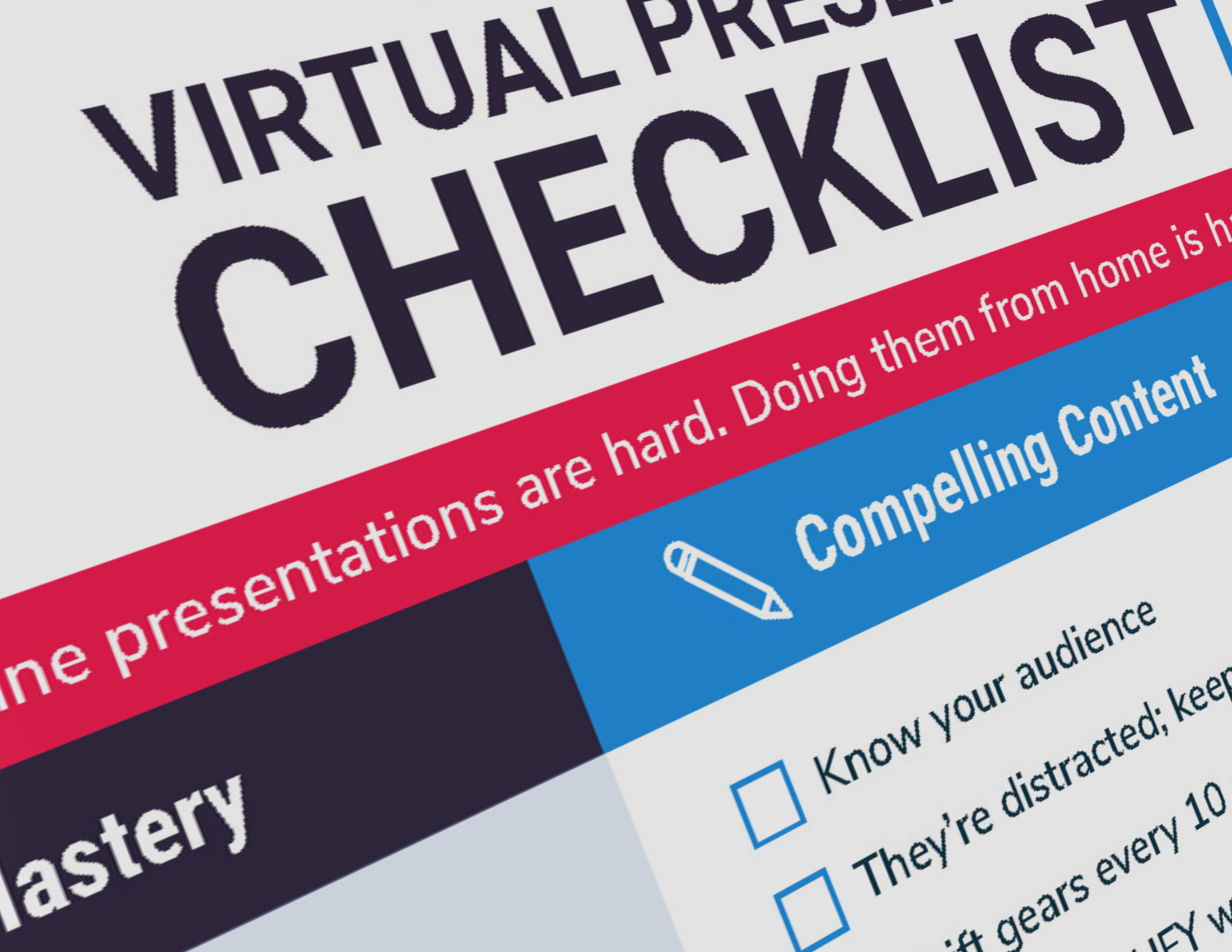Last week, the fundraising site Kickstarter got itself into some pretty hot water over a campaign for a “seduction guide” that a lot of people found offensive and misogynistic.
I wasn’t aware of the controversy, but I am a huge fan of the world-class apology they published. It’s a textbook guide on how to apologize.
(A few weeks ago I talked about how NOT to apologize — here is the way to actually do it.)
1. Use the Word ‘Sorry’
Don’t say “regret” — regrets, as they say, are for horseshoes and handbags. Using the word regret is like saying, “I wish I hadn’t done that.” And for that matter, don’t say, “I apologize,” either. That’s more like a formal pronouncement than a genuine expression of remorse. Nothing beats the unvarnished simplicity and honesty of “I’m sorry.” Yet for so many people and organizations, sorry seems to be the hardest word.
2. No ‘Ifs’ or ‘Thats’
Don’t ever say, “I’m sorry IF you were offended” or “I’m sorry THAT you were offended.” That’s putting the blame on the victim. It’s saying, “I’m sorry you’re so ridiculously sensitive that you can’t take a joke.” Instead, be sorry for what YOU did.
3. Admit You’re Wrong
Check out that headline and the second paragraph: “We were wrong.” It doesn’t get any clearer than that. Accepting responsibility for your actions and clearly labeling them wrong is fundamental to a real apology.
4. Acknowledge the Pain or Harm You Caused
Right in the first paragraph, Kickstarter acknowledged that what happened was offensive to a lot of people. Again, they didn’t speculate whether people were offended or guess if they were offended, they stated it as fact.
5. Explain, But Don’t Make Excuses
One of the first questions the public asks in a controversy like this is, “How could this even happen?” People want to know if the company is stupid or negligent or even evil. In two bullet points Kickstarter walked through the processes and procedures that led to the problem. They were not overly defensive and they clearly stated, “These factors don’t excuse our decision but we hope they add clarity to how we arrived at it.”
6. Take Corrective Action
Even though Kickstarter couldn’t get people’s money back after the fact, they banned the project page from the site and took steps to prohibit other similarly themed material. Now I’m not completely clear on why they couldn’t get the money back or arrange for some kind of restitution — a little more explanation there would probably be helpful.
7. Be Transparent
The problem so often with corrections, retractions and apologies is that so little context is provided that it’s hard to figure out exactly what the offender is apologizing for — especially if you come late to the issue. Kickstarter kept a record of the offending page online so people can see it and judge for themselves.
8. Go the Extra Mile
By now I’m feeling pretty good about this apology. But then Kickstarter kicked it up a notch. They announced a $25,000 donation to an organization fighting sexual violence. That shows real commitment, and it takes some of the sting out of the fact that they couldn’t get people’s money back.
9. Talk Like a Human
The apology is very reader-friendly, with simple declarative statements like, “We were wrong,” “We missed the window,” and “These things do not belong on Kickstarter.” A lot of companies would spout nonsense like, “We erred,” “There was not adequate time to take corrective action,” and “Such material does not conform to our written policies.”
10. Sincerely Mean It
All of these steps together add up to the appearance of genuine contrition. Kickstarter doesn’t seem to be simply going through the motions — It’s like they really mean it. Imagine! Few things are worse than a grudging, insincere apology.
How Would George Washington Apologize?
Which takes me back to a day when I was around 10 or 11 years old. I was with my family and out-of-town visitors touring George Washington’s home in Mount Vernon, Virginia. I was watching one of the “live” demonstrations — a blacksmith, maybe, or perhaps a glass blower.
As I was going to leave, I stepped back without looking and stepped right on a woman’s foot. I said, “Sorry about that,” and she replied, “Yeah, I’ll bet.”
I was surprised by her reaction and asked my mother what happened. She explained that my tone and word choice probably didn’t sound sincere. “Sorry about that” — as if the consequence was divorced entirely from my actions. “Sorry that happened to you! Take care now!”
In George Washington’s home of all places! Shame on me. I never said “Sorry about that” again and I’ve forever after been especially attuned to the art of the apology and how to apologize correctly.
Photo Credit: Dave Keeshan via Compfight cc





